
This title from IFC Films will be available for streaming on most platforms as of Friday, July 17th.
Looking for a bit of fun or escapism at the movies? Well, if you like light and frothy entertainment, you’ve clicked on the wrong link. The Painted Bird is a Czech film based on the novel by Jerzy Kosiński. This feature is about as bleak and downbeat as it gets. In fact, it probably falls into the upper echelon of most depressing movies ever made. At times, it’s a harrowing experience to endure. Still, while this movie is most certainly not for casual viewers, it is exceptionally well shot and performed as it details the depths and atrocious horrors that human beings are capable of.
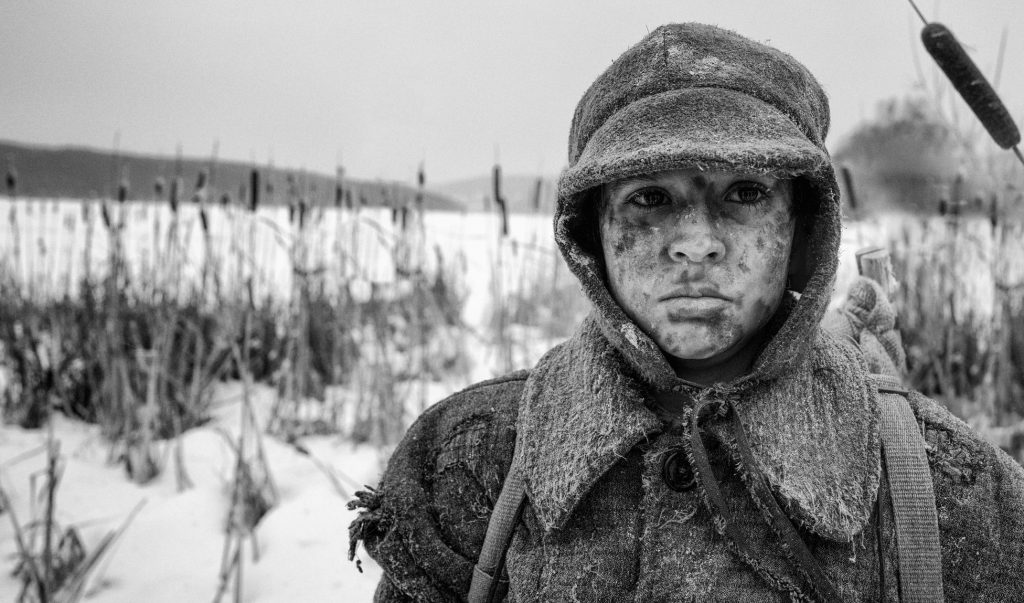
The story is set during World War II and is told entirely from the point of view of Joska (Petr Kotlár), a young boy living in the sticks with his aunt. When his guardian meets an unexpected end, the youngster is forced to venture out and survive in the wild. A series of vignettes follow as Joska encounters new families or strangers and spends some time with them, before realizing he needs to escape. Over the course of these episodes, the boy comes into contact with a mean old hag, ignorant and violent villagers, a jealous and abusive husband, church officials, a father forcing himself on his daughter, soldiers committing genocidal acts and, well, even more other shocking sights. In addition to the many Eastern European performers, the cast also includes appearances by Udo Kier, Stellan Skarsgård, Harvey Keitel, Julian Sands and Barry Pepper.
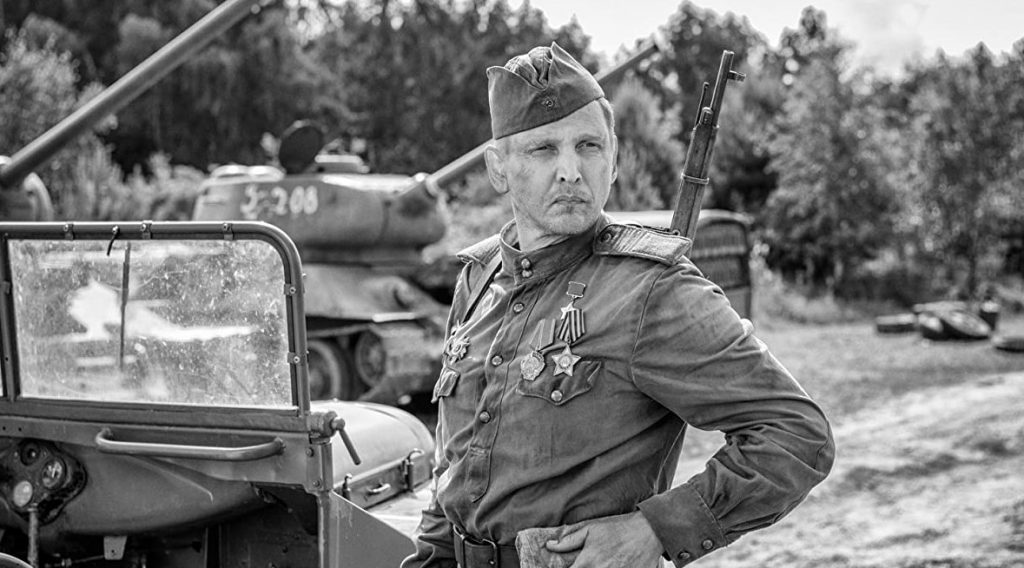
As mentioned previously, this is an unrelenting experience. The film unfolds at a measured pace for nearly three hours and every new situation yields yet another uncomfortable or unsettling revelation. There’s absolutely no humor on display over almost all of the running time and no relief. From a narrative point of view, this approach could have been very troublesome to deal with. The weight and heaviness on display grows ever more dispiriting as the movie progresses. Early on, one almost begins to analyze each situation and try to guess what awful event awaits the protagonist. As strange a compliment as this may be, each bleak scene still makes an impact, with many dispiriting the viewer in unexpected ways. Admittedly, some scenarios are more involving than others, but the movie still keeps one attention, hoping (perhaps in vain) for some kind of resolution.
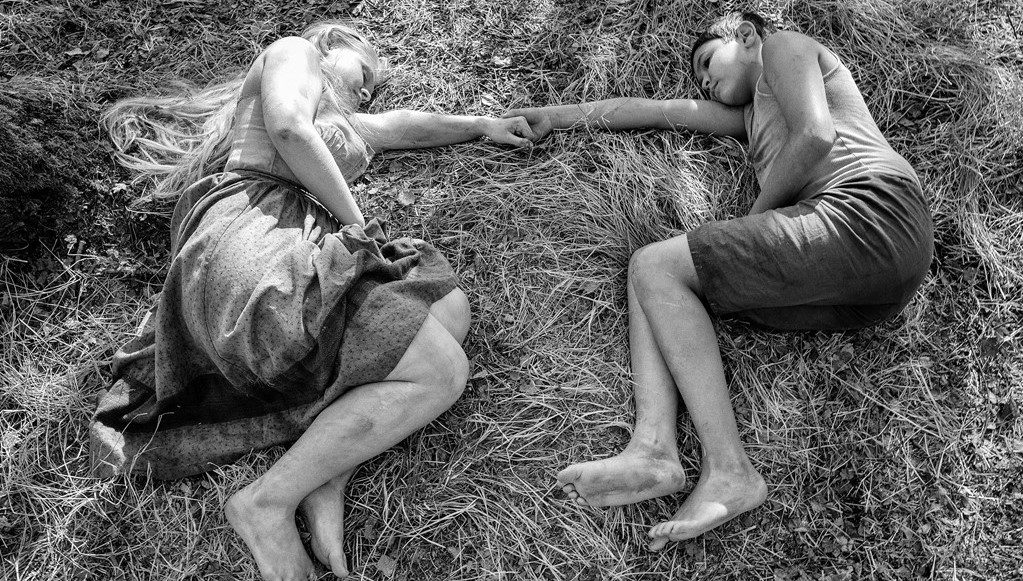
There are a couple of quieter moments and one of two glimpses of humanity on display, but they are few and far between. The movie also does its best not to rely on sentiment. Its lead character isn’t innocent for long in this film and doesn’t always act like a doe-eyed victim. As events progress and Joska is abused again and again, his character begins to change. He becomes a mute observer to the harsh world and is influenced by his experiences. Late in the film, he becomes as icy and vicious as some of his tormentors and acts out in just as brutal and damaged a fashion.
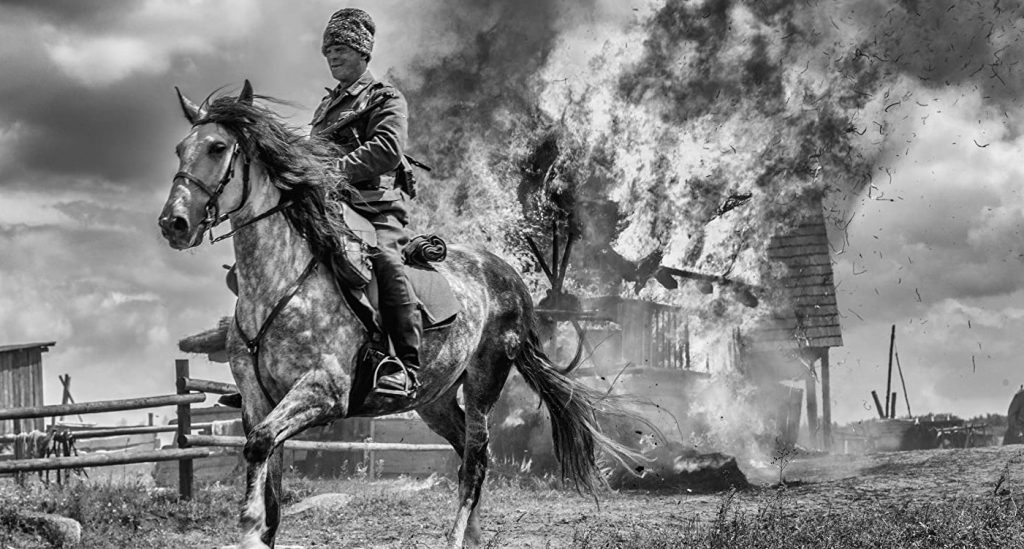
The film boasts appropriately moody black and white cinematography with dark, gray colors. Despite grim color palette, there are some remarkably sharp and dynamic shots of the wilderness, as well as striking images of the characters in despair. There is even a memorable angle of Joska and a soldier pensively sitting in a tree with the camera pointed downwards. Even if what is happening onscreen is difficult to watch, the technical skills on display are first rate and it’s all beautifully photographed.
While not excessively graphic, the quiet emotional toll of pain and suffering is on full display here, creating a general feeling of helplessness. There isn’t a character (or even an animal) in the movie who isn’t or doesn’t end up traumatized by the world around them. Perhaps the most telling scene involves a bird being nursed back to health and painted in order to help it find its way back to its flock. Even avian creatures display the same kind of suspicion, hate and viciousness towards their own kind. The movie does offer a glimmer of hope and empathy here and there towards the finale, but it can’t help but feel fleeting.
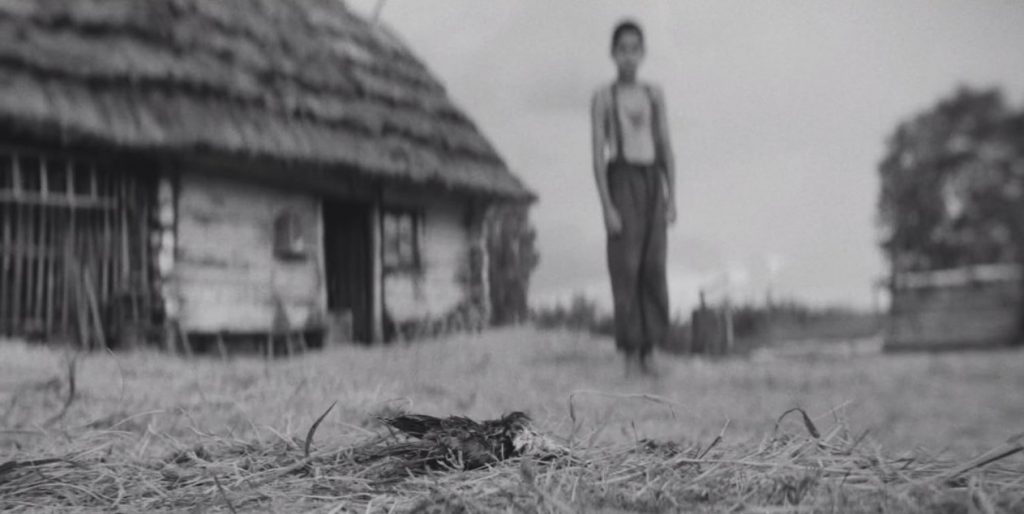
The Painted Bird is at times an ordeal to sit through, just as the situation is for its characters. So much so that while the feature has won numerous awards at film festivals, screenings have resulted in portions of the audience walking out of the theater. Still, its uncompromising take on the source material is something to be admired and the end result does make one yearn to be a more empathetic human being. The movie may not deliver its message in a way that will speak or appeal to the average moviegoer, but it does make a lasting impression.


